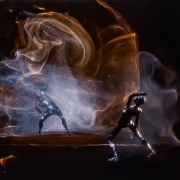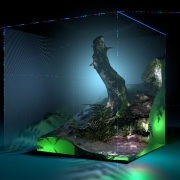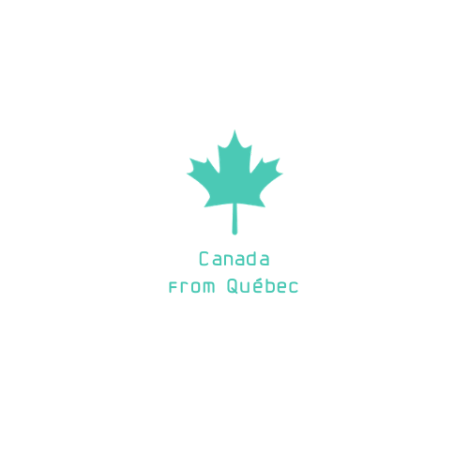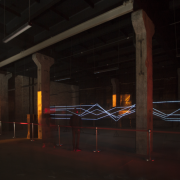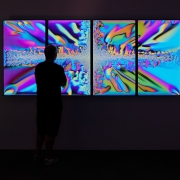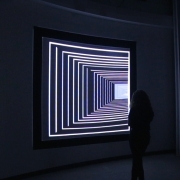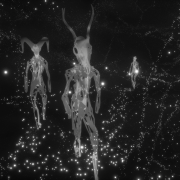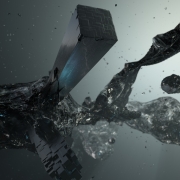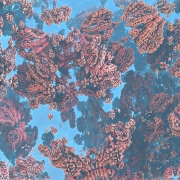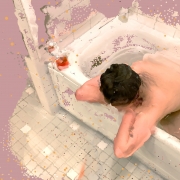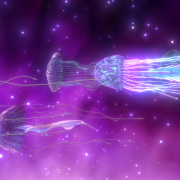Alexander Whitley
Taking inspiration from chaos theory, the dynamic processes it describes and the associated geometric patterns found in nature, Chaotic Body 2: Liminal Phase is a motion-capture-based digital dance film for screen and augmented reality. A short work for two dancers, it places emphasis on the human breath to dissolve the boundaries between the form of their bodies and the environment in which they are situated.
This artwork can be seen exclusively on site at Hamburg’s Oberhafen
Credits
Running time 6 minutes
Lead Artist / Director Alexander Whitley
Choreographer Alexander Whitley
Composer Missy Mazzoli
Digital Artists (film) Uncharted Limbo Collective
Digital Artists (AR) Fenyce
Dancers Hannah Ekholm, David Ledger
Producer Donna Meierdiercks
Project Coordinator Emi Del Bene
United Kingdom, 2021
